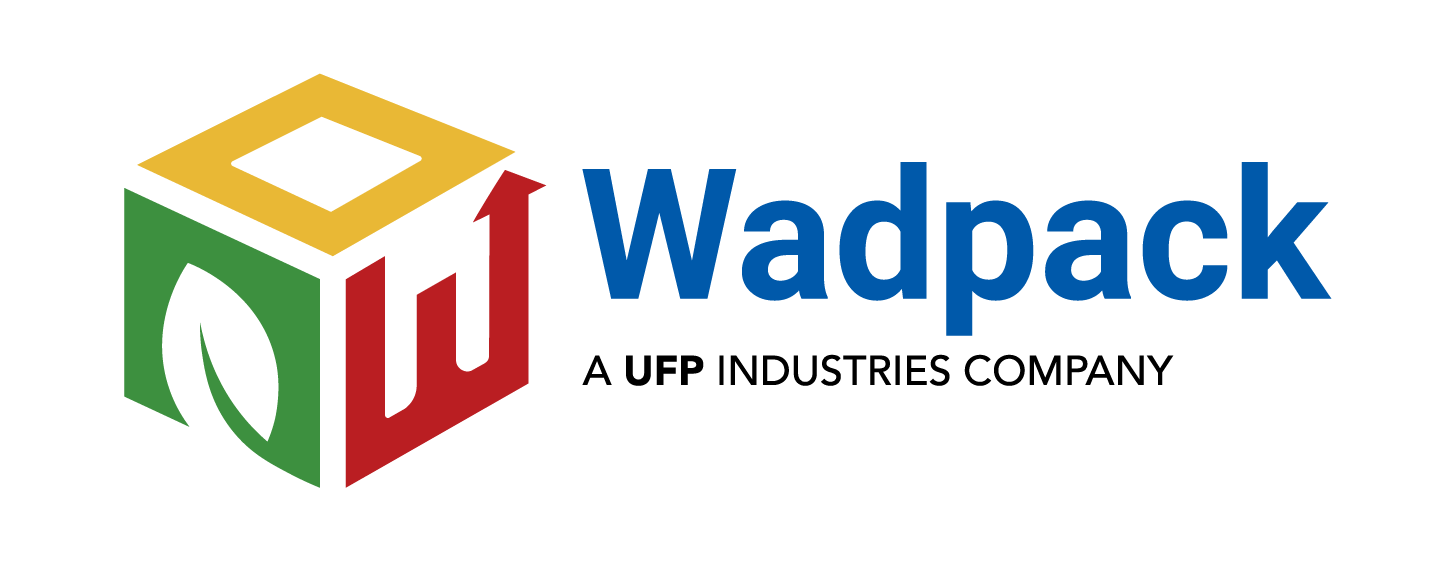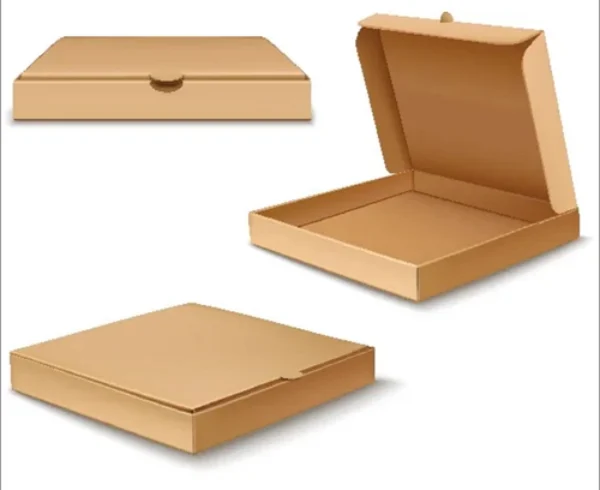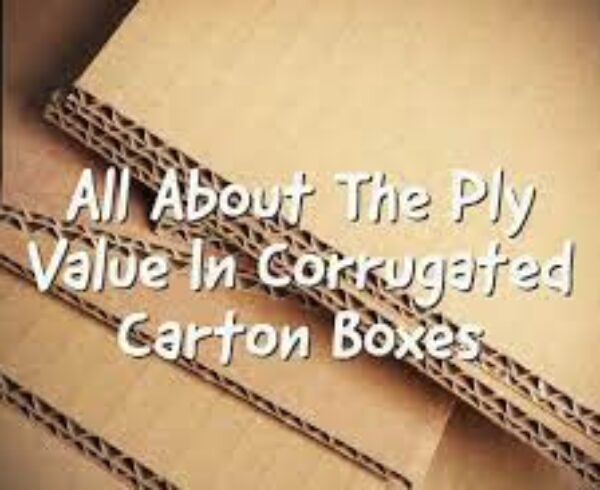Alternatives to 7 Ply Corrugated Boxes for Packaging
hen it comes to packaging solutions, 7-ply corrugated boxes have long been a staple due to their durability and strength. However, there are several compelling alternatives worth considering for various applications. These alternatives offer unique benefits that cater to different packaging needs while maintaining the essential qualities of protection and convenience.
- Biodegradable Packaging: As environmental concerns grow, biodegradable packaging materials have gained traction. Materials like molded pulp, starch-based plastics, and even edible packaging can serve as eco-friendly alternatives to traditional corrugated boxes. These options not only provide protection but also decompose naturally, reducing environmental impact.
- Reusable Plastic Containers: Reusable plastic containers, made from materials like polypropylene, offer a durable and sustainable packaging option. These containers are ideal for industries that require repeated shipping and handling. Their sturdiness ensures long-term use, reducing the need for constant replacement.
- Foldable Cartons: Foldable cartons, also known as flat-pack boxes, are designed to save space during transportation and storage. Made from materials like solid board or folding carton board, these boxes are easy to assemble and provide sufficient protection for various products.
- Wooden Crates: For heavier or bulkier items, wooden crates provide excellent protection. They are sturdy and can be customized to fit specific product dimensions. While they are relatively heavier than corrugated boxes, they offer unparalleled strength for items requiring extra care during transit.
- Air Cushion Packaging: Air cushion packaging utilizes inflatable pouches or sleeves to protect items. These cushions absorb shocks and vibrations during transit, providing an added layer of protection. This alternative is particularly suitable for fragile goods and electronics.
- Flexible Packaging: Flexible packaging, such as pouches and bags, is lightweight and versatile. It’s an excellent choice for items that don’t require heavy-duty protection. Flexible packaging often reduces material waste and shipping costs due to its lightweight nature.
- Foam Packaging: Foam materials like expanded polystyrene (EPS) and polyethylene foam provide exceptional cushioning for delicate items. They are available in various densities and can be custom-molded to fit the contours of the product, ensuring a snug fit.
- Corrugated Plastic Boxes: Corrugated plastic boxes offer the sturdiness of traditional corrugated boxes while being moisture-resistant and lightweight. They are ideal for applications where moisture or weather conditions could affect the packaging.
- Paper-based Honeycomb Packaging: Paper-based honeycomb packaging is made from recycled paper and provides excellent shock absorption. It’s a lightweight and sustainable alternative that’s particularly suitable for protecting fragile items during transit.
- Metal Containers: For items requiring the utmost protection, metal containers, such as aluminum or tin boxes, offer durability and security. These containers are often used for specialized products like cosmetics, confectionery, and gifts.
Also Read: Why 7-Ply Corrugated Boxes are a Green Choice for Packaging
FAQs
What are alternatives to 7 ply corrugated boxes?
There are several alternatives to 7 ply corrugated boxes, including biodegradable packaging, reusable plastic containers, foldable cartons, wooden crates, air cushion packaging, flexible packaging, foam packaging, corrugated plastic boxes, paper-based honeycomb packaging, and metal containers.
Why consider biodegradable packaging?
Biodegradable packaging materials are eco-friendly and naturally decompose, reducing environmental impact compared to traditional packaging.
How are reusable plastic containers beneficial?
Reusable plastic containers offer durability and sustainability, making them ideal for industries requiring frequent shipping and handling.
What are foldable cartons?
Foldable cartons are space-saving boxes that are easy to assemble and provide protection for various products during transit and storage.
When are wooden crates recommended?
Wooden crates are suitable for heavier or bulkier items needing extra protection during transportation due to their sturdiness.
How does air cushion packaging work?
Air cushion packaging uses inflatable pouches to absorb shocks and vibrations, providing additional protection for fragile items.
What is flexible packaging best for?
Flexible packaging, like pouches and bags, is lightweight and versatile, making it suitable for items not requiring heavy-duty protection.
What are foam packaging materials?
Foam materials like EPS and polyethylene foam offer cushioning for delicate items, with custom-molded options for a snug fit.
Why consider corrugated plastic boxes?
Corrugated plastic boxes combine sturdiness with moisture-resistance, making them ideal for situations where weather conditions may impact packaging.
What is paper-based honeycomb packaging used for?
Paper-based honeycomb packaging is lightweight and provides shock absorption, making it great for protecting fragile items during transit.




Leave a Comment